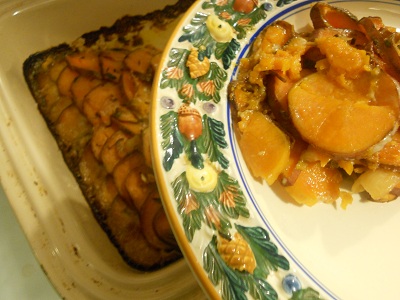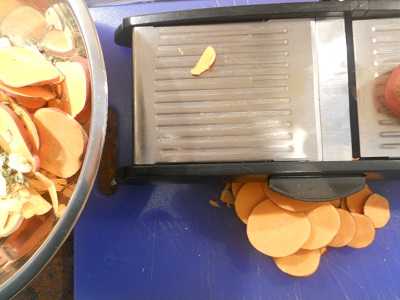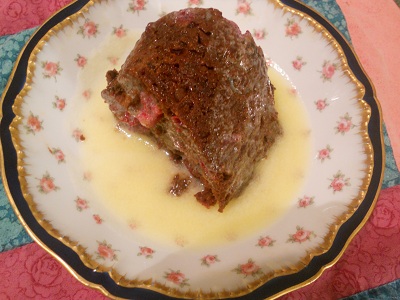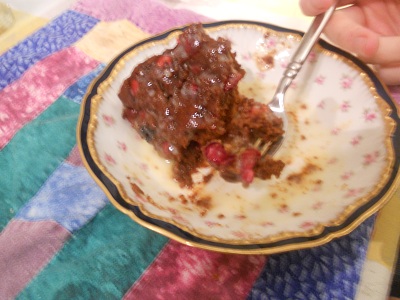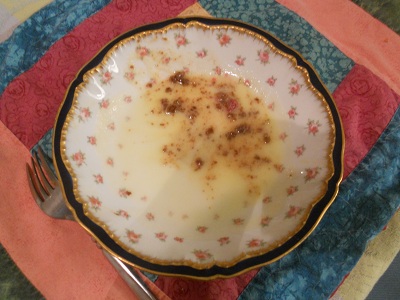It feels like I moved to Boston a million years ago, but it was actually the fall of 2004. Gas was $2 a gallon, the Red Sox hadn’t won a World Series since before women had the right to vote, and not many people knew what a levee was.
I had moved to town to write for a small Jewish newspaper. Which one makes no difference, really, but like so many things in life, I credit fate, some sort of divine plan that brought me here: My mom’s best friend sat next to a distant cousin at a family bar mitzvah. The long-last relative, Richard, was the editor of said Jewish newspaper, and he was on the search for a new writer. Less than two months later, Richard had hired me. I signed a lease, bought a T-pass and was on my way.
We were a small staff, but managed to create a 40-page paper every week. I averaged nine stories an issue. Richard quickly recognized our strengths and weaknesses, and knowing passion always creates a better product, I was lucky enough to interview such famous Jews as Joan Nathan, Susie Fishbein and… Joe Lieberman. (One of these things is not like the others…)
My fellow writers had their own passions: Shira focused on religion and politics, and Penny focused on education and parenting. We were a team. Richard was our coach, creating the roster and calling plays. “Frame a story,” he would tell me as he created a box with his arms at 90 degree angles.
A million years later – or, this past weekend – Richard gathered his team for a reunion potluck. We drove down to Rhode Island listening to the end of another lackluster Patriots’ game. The Pats failed to blow out their opponent, our car managed to blow out a tire on Route 95. Undeterred, we finally made it to our destination, albeit an hour late.
Richard had made big pot of winter borscht, with large chunks of root vegetables and cabbage that floated in a ruby broth. There was a salad full of fruits – pomegranate, kiwi, apple and citrus – thick bread and a bean salad. I brought this sweet potato gratin as a side and a cranberry molasses pudding (think Charles Dickens-type pudding) with a hard sauce for dessert.
My gratin was a mere twist of fate – our friends Will and Gabi bequeathed their CSA last week to us, and I dug the recipe from that accidental Ottolenghi cookbook that’s turned into a tidy box full of tricks. Even trickier math was involved than last time, as I had one third less sweet potatoes the recipe, written in grams, called for. I had the heavy cream in the house because it was on sale a few weeks ago and thought that the need for heavy cream would reveal itself soon, what with all the holiday parties we were scheduled to attend.
The recipe calls for a medium-sized pan for the gratin, and I found that my medium-sized lasagna pan was perfect for the tightly-packed orange coins. I used both sage and thyme because I had both on hand; I wouldn’t worry too much about it if you only have one of the herbs. I would strongly advocate using a mandolin for this project.
The pudding was even more unexpected: I was trying to come up with something for the remaining two cups of cranberries that hadn’t been strung on our tree, and I’d dug up a jar of molasses in the pantry during my clean-up a few weeks prior. I’d never steamed a cake before, and I did have to ask myself several times if I was doing it correctly. It turns out I did, although my bundt pan was a little tilted and the cake looked like it had a club foot. Don’t skip the cholesterol-laden hard sauce. It really makes the dish. I had hoped to use some more of the on-sale heavy cream for the sauce, but I opened Richard’s fridge and he magically had the half-and-half the recipe called for. Richard took out his family china for our fancy dessert. Couldn’t have planned that one better if I’d tried.
Danielle Postma’s Sweet Potato Gratin from Ottolenghi The Cookbook
This dish is simple but effective, due to the way the potatoes are arranged in the baking dish. You can prepare everything a day in advance and have it ready in the fridge to just pop in the oven. The sage can be replaced with thyme, or you could use both. Make sure you choose orange-fleshed sweet potatoes (as opposed to the paler variety).
Serves 4 – 6
Ingredients
6 medium sweet potatoes (about 1.5kg in total, about 3 lbs.)
5 Tablespoons roughly chopped sage, plus extra to garnish
6 garlic cloves, crushed
2 tsp. coarse sea salt
½ tsp. freshly ground black pepper
250 ml whipping cream (About 8 oz. or 1 cup)
Directions
- Preheat the oven to 200C/Gas Mark 6 (400 F). Wash the sweet potatoes (do not peel them) and cut them into discs 5mm thick. A mandolin is best for this job but you could use a sharp knife.
- In a bowl, mix together the sweet potatoes, sage, garlic, salt and pepper. Arrange the slices of sweet potato in a deep, medium-sized ovenproof dish by taking tight packs of them and standing them up next to each other. They should fit together quite tightly so you get parallel lines of sweet potato slices (skins showing) along the length or width of the dish. Throw any remaining bits of garlic or sage from the bowl over the potatoes. Cover the dish with foil, place in the oven and roast for 45 minutes. Remove the foil and pour the cream evenly over the potatoes. Roast, uncovered, for a further 25 minutes. The cream should have thickened by now. Stick a sharp knife in different places in the dish to make sure the potatoes are cooked. They should be totally soft.
- Serve immediately, garnished with sage, or leave to cool down. In any case, bringing the potatoes to the table in the baking dish, after scraping the outside clean, will make a strong impact.
Cranberry-Molasses Pudding with Vanilla Hard Sauce from “CottageGourmet” on Food52
Ingredients
1egg, lightly beaten
1 Tablespoon sugar (a heaping Tablespoon)
1/2 cup molasses
1/3 cup hot water
1 1/2 cup flour
2 teaspoons baking soda
1/2 teaspoon salt
2 cups fresh cranberries, picked over, washed and drained
1 cup half and half
1 stick unsalted butter
1 cup sugar
1/4 teaspoon salt
1 teaspoon vanilla extract
Directions
- Gently fold together all of the ingredients through the cranberries in the order listed. Pour into a greased mold (I used a Bundt pan), and tightly wrap with several layers of foil so no water sneaks into the pudding.
- Put a steamer basket in a large pot and fill the pot with an inch or so of water. Bring to a boil, then lower the heat so the water is barely simmering. Rest the pudding on top of the steamer basket and cover the pot snugly with a lid. Steam without uncovering the pot for 1 to 1 1/4 hours, until the pudding is cooked through but not totally dry. (A cake tester should come out sticky, but not wet.)
- To make the sauce: combine the half-and-half, butter, sugar and salt in a saucepan. Cook over medium heat, stirring occasionally, until the sugar and butter are melted and the sauce is smooth. Remove from the heat and stir in the vanilla. Serve the sauce warm over the warm pudding.
